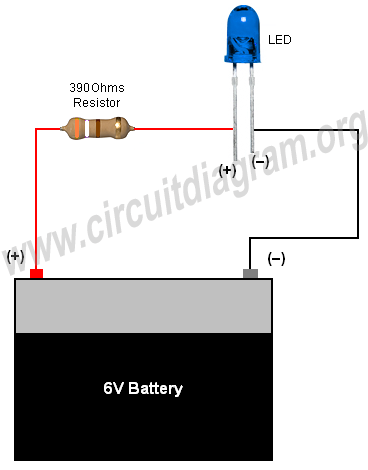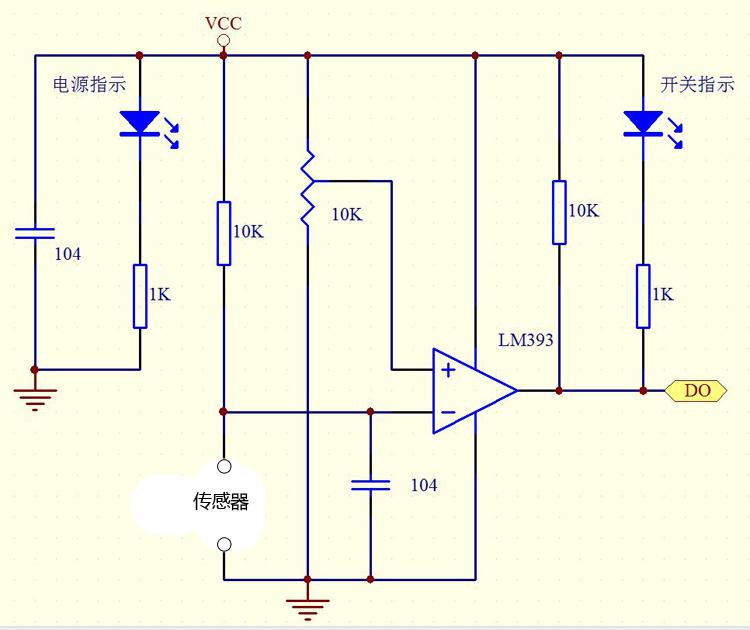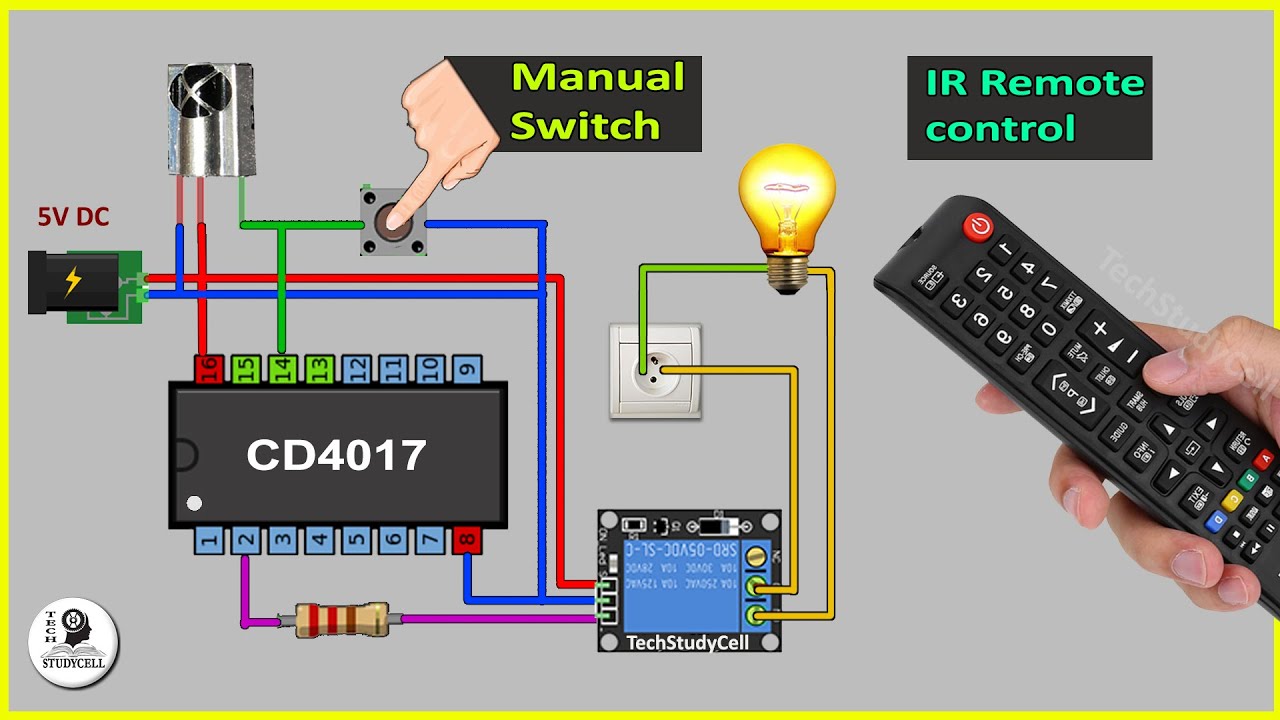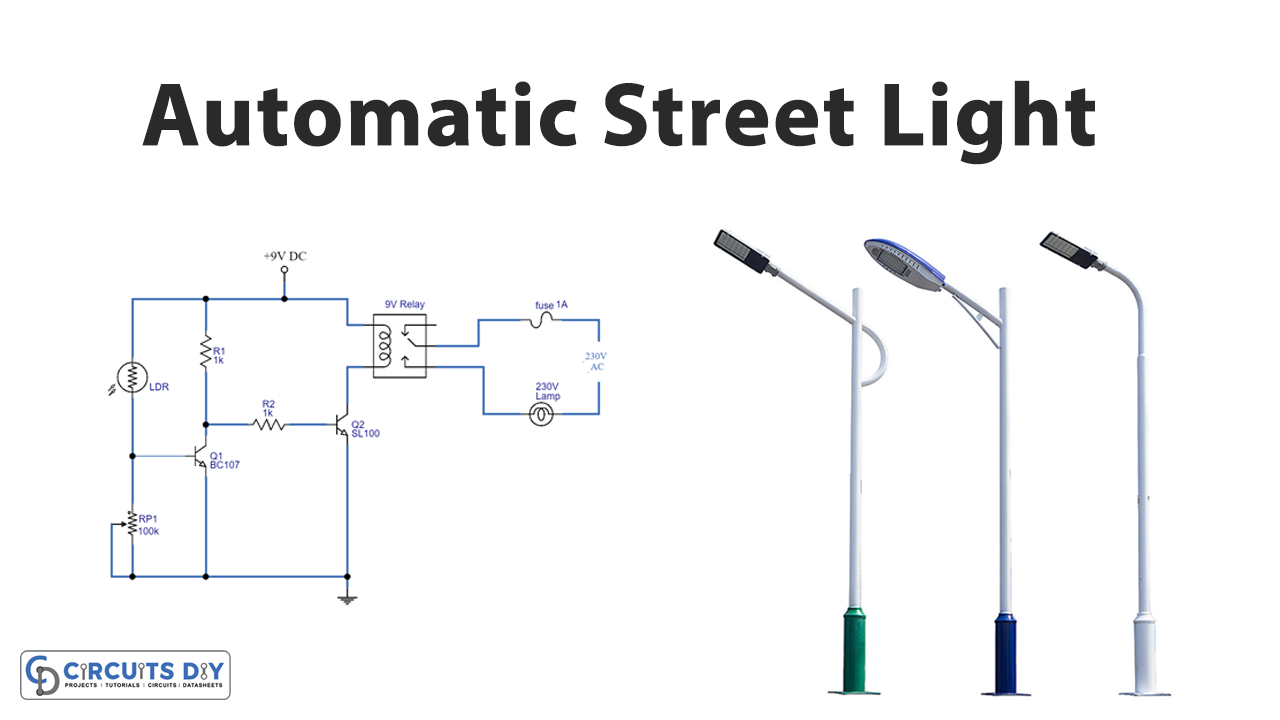How to Design a Simple LED Circuit
Looking to create a simple LED circuit for your next electronics project? LEDs are versatile and energy-efficient light sources that can be used in a wide range of applications. In this guide, we will walk you through the steps to design a basic LED circuit that you can use in various projects.
Materials Needed:
- LED (Light-Emitting Diode)
- Resistor
- Breadboard
- Jumper Wires
- Power Supply (Battery or DC Adapter)
Step 1: Select the LED
LEDs come in different colors, sizes, and shapes. Before designing your circuit, you need to choose the LED that suits your requirements. Make sure to check the datasheet of the LED for its forward voltage (Vf) and forward current (If).
Step 2: Calculate the Resistor Value
To prevent the LED from burning out, you need to limit the current flowing through it. The resistor value can be calculated using Ohm’s Law: V = I x R, where V is the voltage across the resistor, I is the current through the resistor, and R is the resistance value. The formula to calculate the resistor value in series with an LED is R = (Vs – Vf) / If, where Vs is the supply voltage.
Step 3: Build the Circuit
Place the LED and resistor on the breadboard. Connect the positive terminal of the LED to the positive supply voltage and the negative terminal of the LED to one end of the resistor. Connect the other end of the resistor to the negative supply voltage. Use jumper wires to make the connections.
Step 4: Test the Circuit
Once you have built the circuit, power it up and check if the LED lights up. If the LED does not light up, double-check your connections and make sure the polarity is correct. You may need to adjust the resistor value if the LED is too bright or too dim.
Step 5: Experiment and Learn
Now that you have successfully designed a simple LED circuit, you can experiment with different components and configurations. Try using multiple LEDs in parallel or series, changing the supply voltage, or adding a switch to control the LED. The possibilities are endless!
Designing a simple LED circuit is a great way to learn about electronics and improve your skills. Whether you are a beginner or an experienced hobbyist, creating LED circuits is a fun and rewarding activity. So grab your materials and start designing your own LED circuits today!
How to Design a Simple LED Circuit
Looking to create a simple LED circuit for your next electronics project? LEDs are versatile and energy-efficient light sources that can be used in a wide range of applications. In this guide, we will walk you through the steps to design a basic LED circuit that you can use in various projects.
Materials Needed:
- LED (Light-Emitting Diode)
- Resistor
- Breadboard
- Jumper Wires
- Power Supply (Battery or DC Adapter)
Step 1: Select the LED
LEDs come in different colors, sizes, and shapes. Before designing your circuit, you need to choose the LED that suits your requirements. Make sure to check the datasheet of the LED for its forward voltage (Vf) and forward current (If).
Step 2: Calculate the Resistor Value
To prevent the LED from burning out, you need to limit the current flowing through it. The resistor value can be calculated using Ohm’s Law: V = I x R, where V is the voltage across the resistor, I is the current through the resistor, and R is the resistance value. The formula to calculate the resistor value in series with an LED is R = (Vs – Vf) / If, where Vs is the supply voltage.
Step 3: Build the Circuit
Place the LED and resistor on the breadboard. Connect the positive terminal of the LED to the positive supply voltage and the negative terminal of the LED to one end of the resistor. Connect the other end of the resistor to the negative supply voltage. Use jumper wires to make the connections.
Step 4: Test the Circuit
Once you have built the circuit, power it up and check if the LED lights up. If the LED does not light up, double-check your connections and make sure the polarity is correct. You may need to adjust the resistor value if the LED is too bright or too dim.
Step 5: Experiment and Learn
Now that you have successfully designed a simple LED circuit, you can experiment with different components and configurations. Try using multiple LEDs in parallel or series, changing the supply voltage, or adding a switch to control the LED. The possibilities are endless!
Designing a simple LED circuit is a great way to learn about electronics and improve your skills. Whether you are a beginner or an experienced hobbyist, creating LED circuits is a fun and rewarding activity. So grab your materials and start designing your own LED circuits today!



